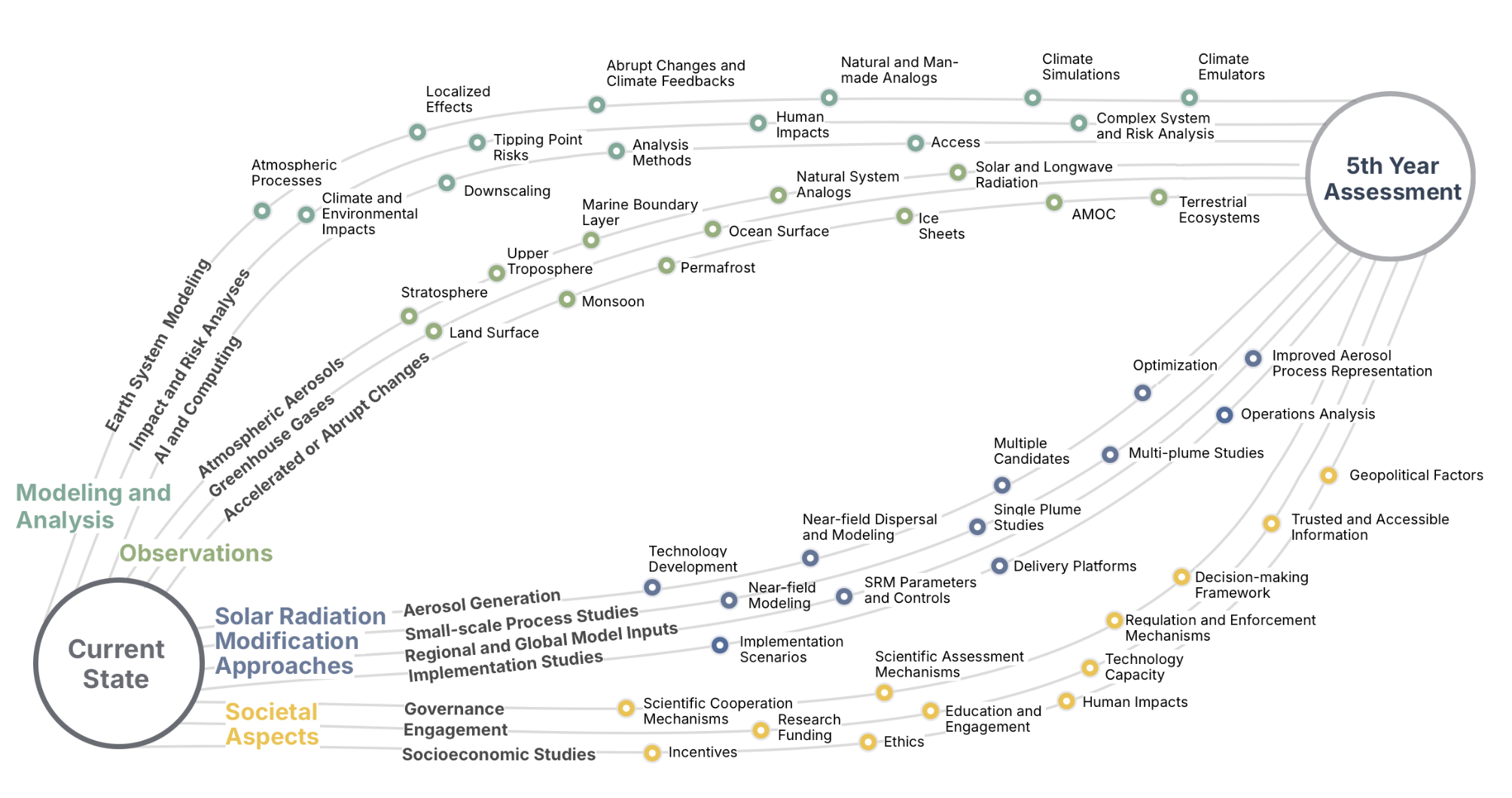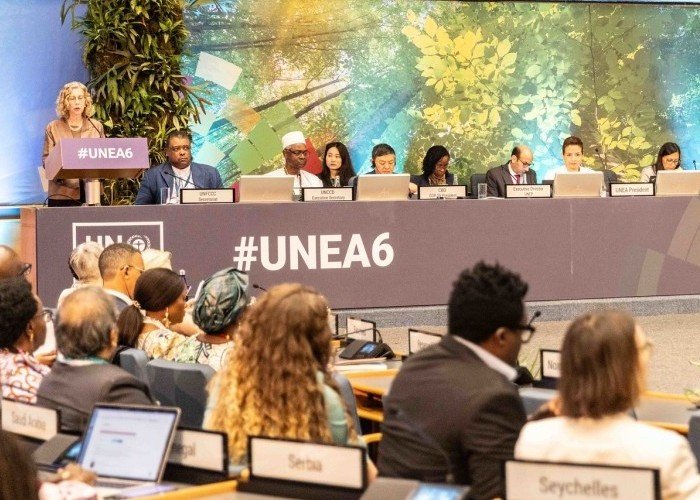Statement on the Introduction of H.R.5519 - Atmospheric Climate Intervention Research Act
(click to view Congressional filing and Bill text)
Kelly Wanser, Executive Director of SilverLining, released the following statement on the introduction of H.R. 5519 by Congressman Jerry McNerney: “We applaud Congressman Jerry McNerney for his leadership and focus on the need for research to help us understand atmospheric climate interventions and their governance. SilverLining’s mission is to ensure options for safety against near-term climate risk are well thought through and this legislation will enhance the critical role the National Oceanic and Atmospheric Administration (NOAA) already plays as a leading provider of earth system data and tools to inform the international scientific community, policymakers and the public.
Warming climate poses near-term risks to the safety of communities and the stability of natural systems around the world. Reducing emissions and removing greenhouse gases aggressively is essential for our future, but is not projected to reduce enough warming to address the risks we face in the next 10-30 years. Natural systems are approaching dangerous tipping points where they become sources of greenhouse gases that overwhelm any human ability to reverse course. In the near term, we lack sufficient measures to respond to rapid changes in these systems.
Scientific assessments point to the promise of intentionally cooling climate by slightly increasing the reflection of sunlight from the atmosphere by dispersing particles to reflect sunlight directly or change the reflectivity of clouds. This is the same as the cooling effect that occurs in nature when very large volcanoes release particles into the stratosphere and as particulates in pollution brighten clouds.
‘Atmospheric climate interventions’ have considerable risks and are not a replacement for aggressively reducing greenhouse gases. But they may offer a means of arresting warming while other measures take effect, protecting vulnerable populations and preventing changes from crossing catastrophic thresholds.
A great deal of research is needed to provide information about the feasibility and risks of atmospheric climate interventions for policymakers and the public to make informed decisions about them. Research and observations of closely related aspects of atmosphere and climate, such as measurements of chemistry baselines of the stratosphere, are essential parts of this.
H.R. 5519 recognizes this need for research and will ensure that we pursue the most critical of these activities to generate information on the greatest open questions and most significant risks.
H.R. 5519 will create an atmospheric climate intervention research program in NOAA, the agency already responsible for providing weather and climate information in the service of national public safety. With NOAA’s role as a leading provider of earth system data and tools to the international community, such a research program will also help inform and empower policymakers and researchers around the world. The legislation’s extension of NOAA’s reporting oversight to climate intervention experiments establishes an early governance facility that promotes safety and transparency and can serve as a model for other countries and the international policy community.
With shared concern across the United States and around the world for the risks we face in climate, and a shared obligation to our children and to vulnerable communities to ensure their safety, we trust that a program to provide information on possible measures to stabilize climate that also promotes transparency and oversight will be widely supported.”




